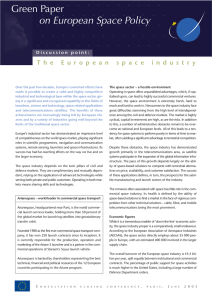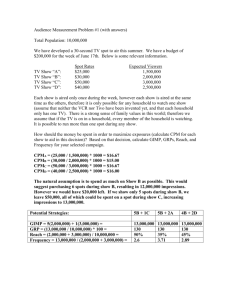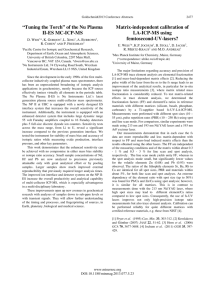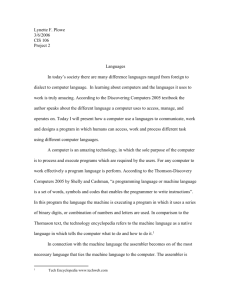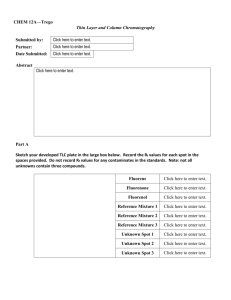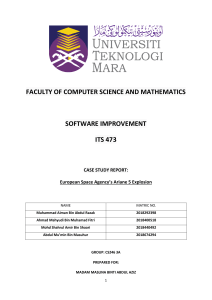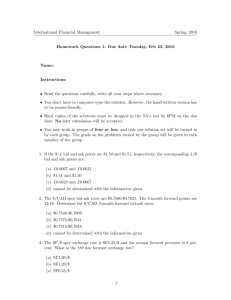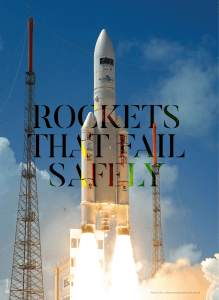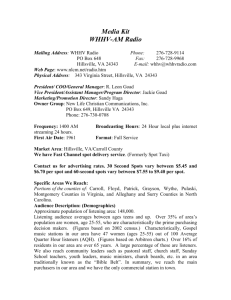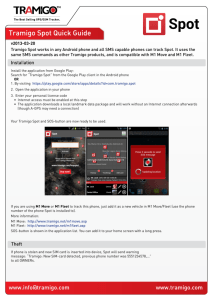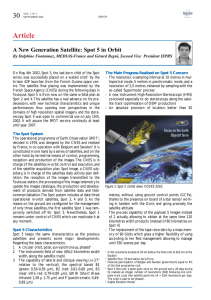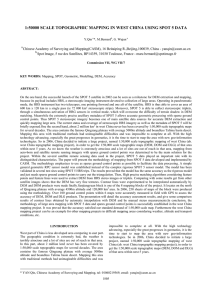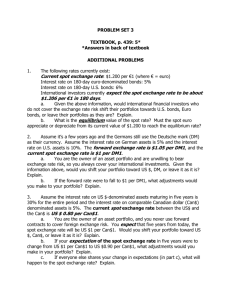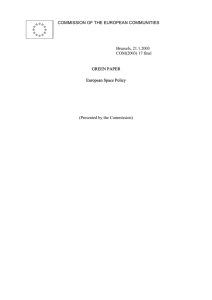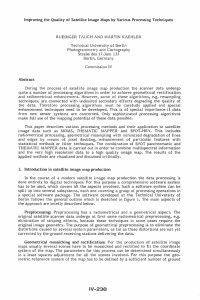33.4 kb
advertisement
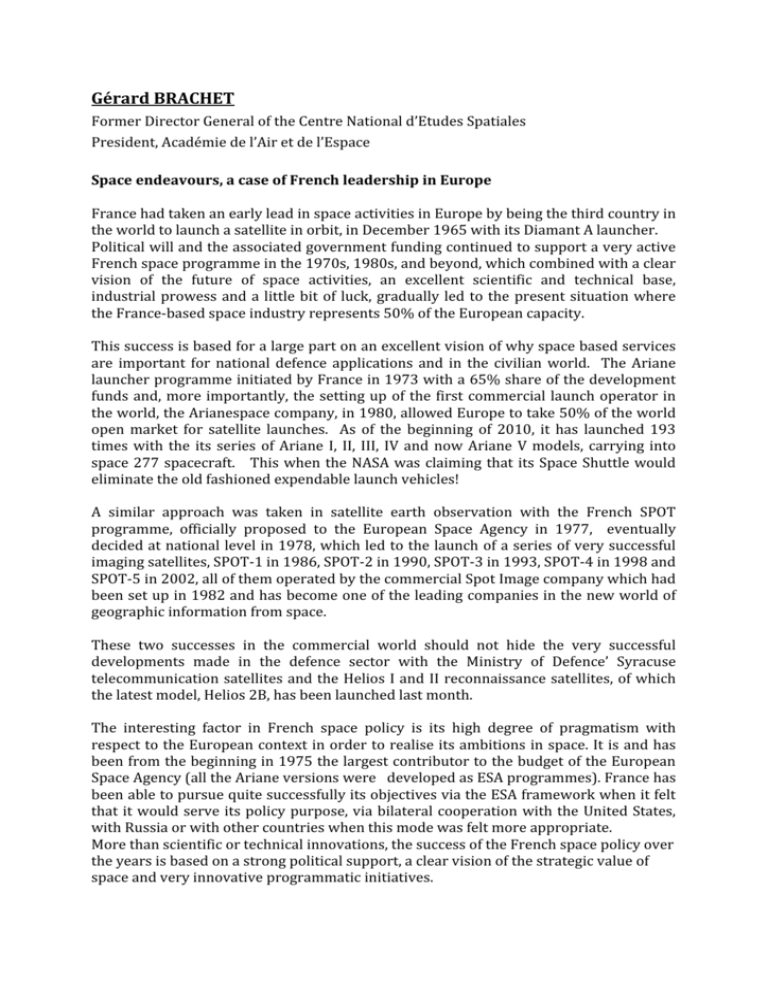
Gérard BRACHET Former Director General of the Centre National d’Etudes Spatiales President, Académie de l’Air et de l’Espace Space endeavours, a case of French leadership in Europe France had taken an early lead in space activities in Europe by being the third country in the world to launch a satellite in orbit, in December 1965 with its Diamant A launcher. Political will and the associated government funding continued to support a very active French space programme in the 1970s, 1980s, and beyond, which combined with a clear vision of the future of space activities, an excellent scientific and technical base, industrial prowess and a little bit of luck, gradually led to the present situation where the France‐based space industry represents 50% of the European capacity. This success is based for a large part on an excellent vision of why space based services are important for national defence applications and in the civilian world. The Ariane launcher programme initiated by France in 1973 with a 65% share of the development funds and, more importantly, the setting up of the first commercial launch operator in the world, the Arianespace company, in 1980, allowed Europe to take 50% of the world open market for satellite launches. As of the beginning of 2010, it has launched 193 times with the its series of Ariane I, II, III, IV and now Ariane V models, carrying into space 277 spacecraft. This when the NASA was claiming that its Space Shuttle would eliminate the old fashioned expendable launch vehicles! A similar approach was taken in satellite earth observation with the French SPOT programme, officially proposed to the European Space Agency in 1977, eventually decided at national level in 1978, which led to the launch of a series of very successful imaging satellites, SPOT‐1 in 1986, SPOT‐2 in 1990, SPOT‐3 in 1993, SPOT‐4 in 1998 and SPOT‐5 in 2002, all of them operated by the commercial Spot Image company which had been set up in 1982 and has become one of the leading companies in the new world of geographic information from space. These two successes in the commercial world should not hide the very successful developments made in the defence sector with the Ministry of Defence’ Syracuse telecommunication satellites and the Helios I and II reconnaissance satellites, of which the latest model, Helios 2B, has been launched last month. The interesting factor in French space policy is its high degree of pragmatism with respect to the European context in order to realise its ambitions in space. It is and has been from the beginning in 1975 the largest contributor to the budget of the European Space Agency (all the Ariane versions were developed as ESA programmes). France has been able to pursue quite successfully its objectives via the ESA framework when it felt that it would serve its policy purpose, via bilateral cooperation with the United States, with Russia or with other countries when this mode was felt more appropriate. More than scientific or technical innovations, the success of the French space policy over the years is based on a strong political support, a clear vision of the strategic value of space and very innovative programmatic initiatives.



